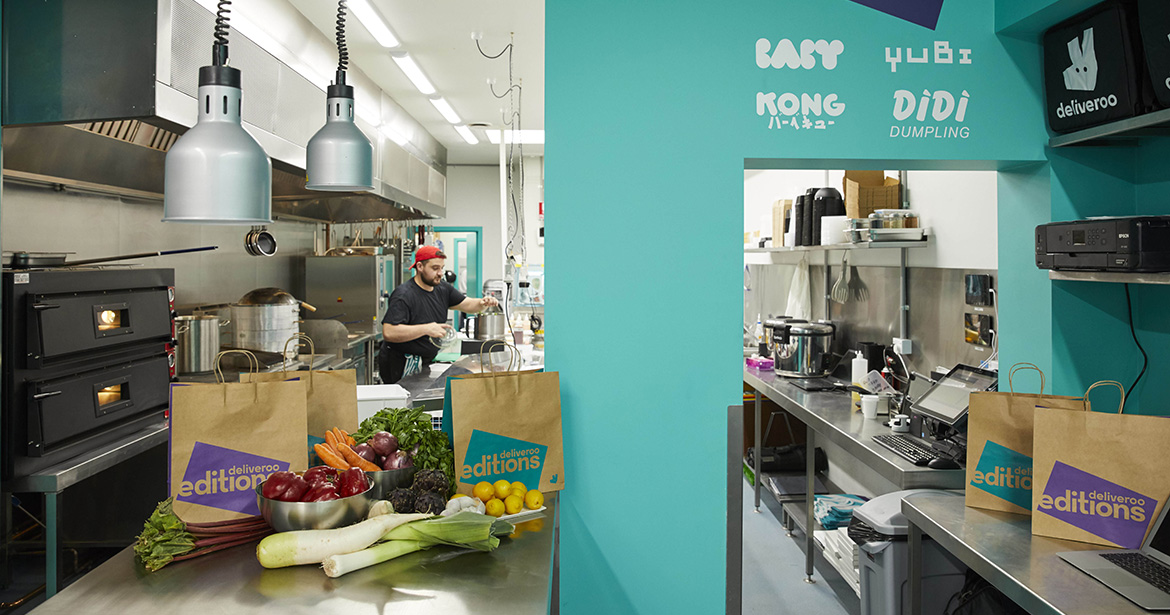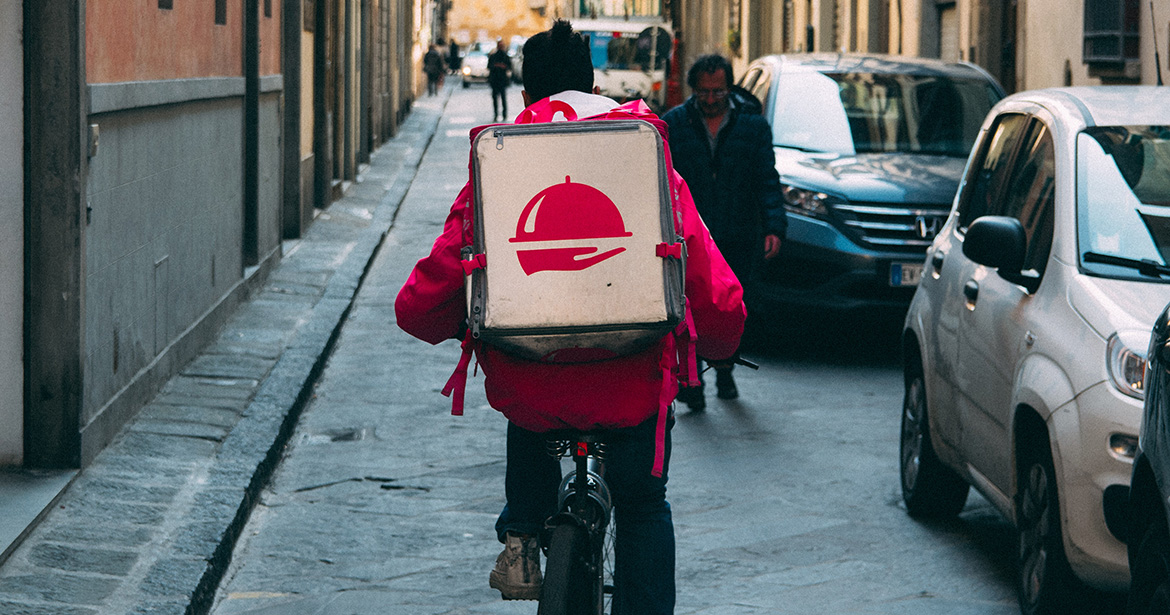What's Driving Dark Kitchens?
Worldwide, the food delivery market is booming.
According to Statista’s 2018 dossier on the food delivery industry, a stunning 26% of Americans order food delivery at least once a week, with no signs of slowing down. Digital ordering and delivery are penetrating the restaurant industry, growing 300% faster than dine-in traffic since 2014. Consumers are afforded a new level of simplicity and instant access to everything, from coffee and donuts to Michelin-starred fine dining—all at the click of a button.
But this shift in consumer practices has revealed a shift in the way modern restaurant kitchens must respond to the growing food delivery service market. That’s where the growth of “dark kitchens” comes in.
These buildings are carefully designed for the specific needs of delivery services and house the working kitchens of multiple restaurants, bustling with all the back-of-house energy you’d expect in any high-end gastropub. Except…there are no tables, no hostesses, or waitresses, or customers. No front-of-house costs, either.

In the last decade, startups and companies like GrubHub, Just Eat, Deliveroo and Uber Eats have shifted the food delivery paradigm, offering a variety of restaurant menus to consumers and coordinating with the restaurant to fill your order and deliver it on time. Instead of needing to employ full-time delivery drivers (with all the accompanying liabilities), restaurants relinquish the actual delivery to an outside deliverer, typically paying 10-20% commission on all orders. However, the prices and fees on online orders can be excessive, with none of the benefits of careful and attentive service or the crafted ambiance of a dine-in restaurant. During peak times, traditional restaurant kitchens can get easily overwhelmed by waves of orders, far outstripping their ability to deliver meals in a timely fashion. If a restaurant kitchen’s design no longer meets the needs of the new delivery paradigm, one solution might be to bring back in-house delivery, an expensive and daunting proposition. Dark kitchens offer a more economical solution.

At Deliveroo’s Editions’ dark kitchen, flocks of couriers wait behind the scenes, whisking orders off to customers in record time. Of course Deliveroo takes a higher percentage of commission on these orders, but when there’s no expensive rent and front-of-house staff to pay, restaurants can see a real benefit to accommodating delivery services that would be peddling their food regardless.
As dark kitchens spread in popularity, with over 50 kitchens in the 10 locations offered by Deliveroo alone, the shift towards online orders is encouraging restaurant brands to seek many of the benefits that dark kitchens have to offer.